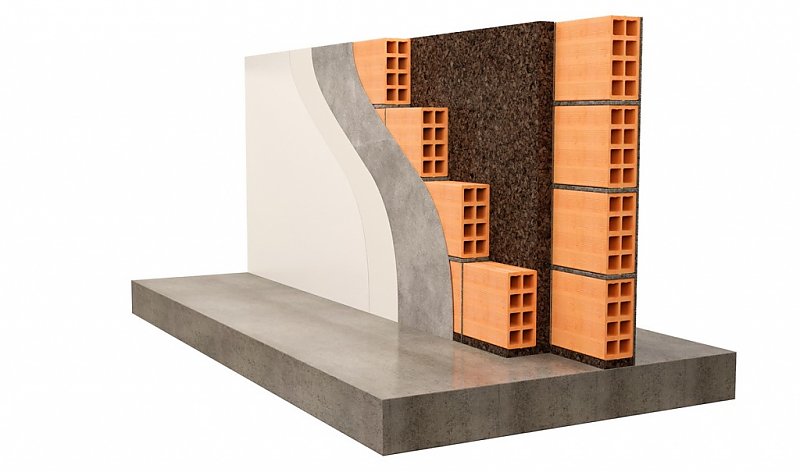In the realm of construction and architecture, innovation and efficiency are constant pursuits. One such advancement that has gained prominence is the use of double walls in building design. Offering a range of benefits from enhanced insulation to structural resilience, double walls have become a popular choice for architects and builders seeking to elevate the performance and sustainability of modern structures.
Understanding Double Walls:
A double wall system involves the construction of two parallel walls with a gap or cavity between them. These walls can be made from various materials, including concrete, brick, or insulated panels. The space between the walls serves multiple purposes, contributing to thermal insulation, acoustic control, and structural strength.
-
Thermal Insulation:
One of the primary advantages of double walls is their superior thermal insulation properties. The air gap between the walls acts as a barrier, reducing heat transfer between the interior and exterior of a building. This results in improved energy efficiency, helping maintain comfortable temperatures within the structure while reducing the reliance on heating and cooling systems. This energy-efficient design contributes to environmental sustainability and cost savings over the long term.
-
Acoustic Control:
In addition to thermal benefits, double walls excel in controlling sound transmission. The air cavity between the walls acts as a buffer, dampening sound waves and minimizing the transfer of noise from one side to the other. This makes double walls particularly advantageous in buildings where acoustic privacy is a priority, such as residential homes, hotels, or office spaces.
-
Structural Resilience:
The dual-layered structure of double walls enhances the overall strength and resilience of a building. This is especially valuable in regions prone to seismic activity or extreme weather conditions. The additional support provided by the double wall system contributes to the structural integrity of the building, offering increased durability and safety.
-
Moisture Management:
Double walls also play a role in moisture management. The gap between the walls allows for proper ventilation, reducing the risk of condensation and mold formation. This feature is crucial in maintaining a healthy indoor environment and preserving the longevity of the building materials.
Application in Construction:
The versatility of double walls makes them suitable for various construction applications. From residential buildings to commercial complexes, and even industrial facilities, the advantages of double walls extend across diverse sectors. Architects and builders appreciate the flexibility that double walls offer, allowing for customization based on specific project requirements and regional considerations.
As the construction industry continues to evolve, the adoption of innovative building techniques becomes imperative. Double walls stand out as a versatile and effective solution, addressing key challenges in modern construction. From energy efficiency to structural resilience, the benefits of double walls make them a compelling choice for those looking to create buildings that not only meet current standards but also pave the way for a more sustainable and resilient future in the realm of architecture and construction.




